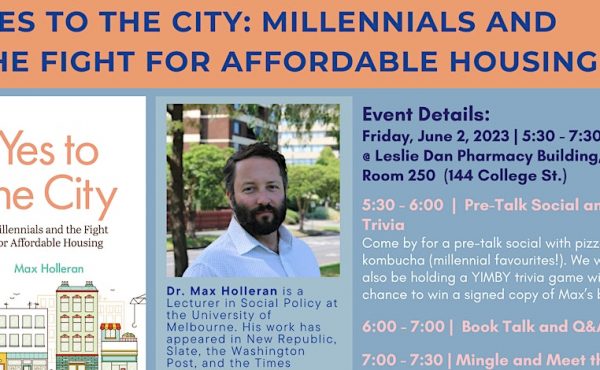 Each week we will be focusing on blogs from around the world dealing specifically with urban environments. We’ll be on the lookout for websites outside the country that approach themes related to urban experiences and issues.
Each week we will be focusing on blogs from around the world dealing specifically with urban environments. We’ll be on the lookout for websites outside the country that approach themes related to urban experiences and issues.![]()
• If you’re worried that the left wing pinko badge may make the cycling conversation more difficult, consider Streetsblog’s recommendations on how to talk to conservatives about cycling. Author Angie Schmitt offers an important reminder that “bicycling and safer streets aren’t tethered to any particular political ideology”.
• Urban regions the world over invest billions in cluster-theory economic development: the idea that with the right ingredients our cities can grow their own Silicon Valley enclaves. Vivek Wadhwa at the The Chronicle of Higher Education questions the traditional recipe for economic growth and focuses instead on risk taking, entrepreneurship skill development, skilled immigrants and freedom of expression.
• “To my knowledge, Le Corbusier never handed anyone a gun.” Willy Staley at Next American City eulogizes Chicago’s Cabrini-Green public housing. As the city pursues an urban renewal approach to the existing stock of towers, Wiley questions the relative contributions of design and urban poverty to the concentration of crime and celebrates the ability of the human spirit to turn even the darkest of places into home.
• With a transit ridership rate of 90% and an expanding subway network, Hong Kong’s MTR is the envy of many urban regions. As The Transport Politic reports, the MTR’s continued financial success is made possible as it uses profits from extensive housing, commercial and retail development to fund both construction and operation which are “entirely unsubsidized by the local government.”
Photo by Clark Mizono, Next American City
Do you have a World Wide Wednesday worthy article you’d like to share? Send the link to www@spacing.ca




One comment
I am neither fond of looking at, nor having lived in, a ‘tower in the park’; however, even low-rise low-income neighbourhoods have a higher violent crime rate than either low or high-rise wealthy neighbourhoods. (How high the ‘white-collar’ crime rate is in wealthy neighbourhoods is another matter, and harder to quantify). The issue with low-income neighbourhoods is an issue of ‘critical-mass’. I have taught in neighbourhoods where less than 20% were low-income, and I saw those kids do very well in school because they emulated their fortunate peers’ study habits. That’s hard to do when 80% of your peers are as disadvantaged as yourself.